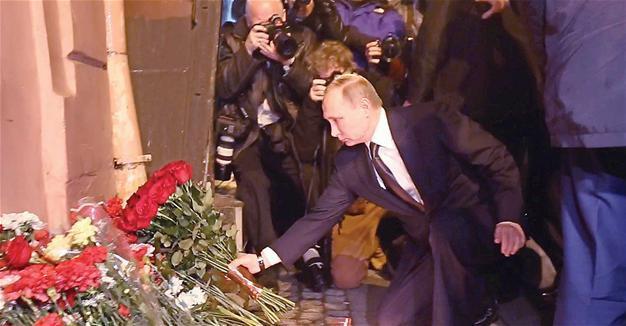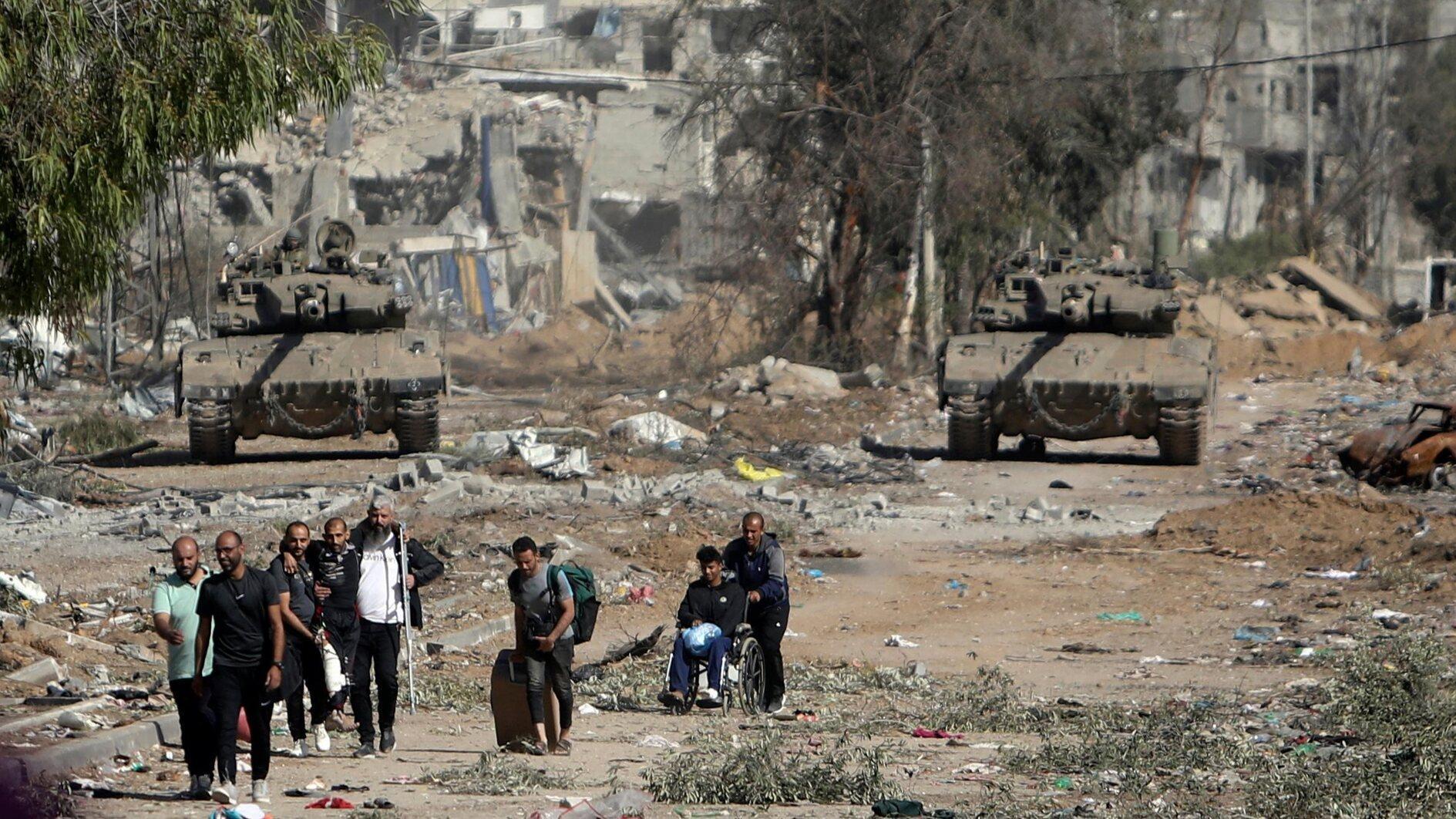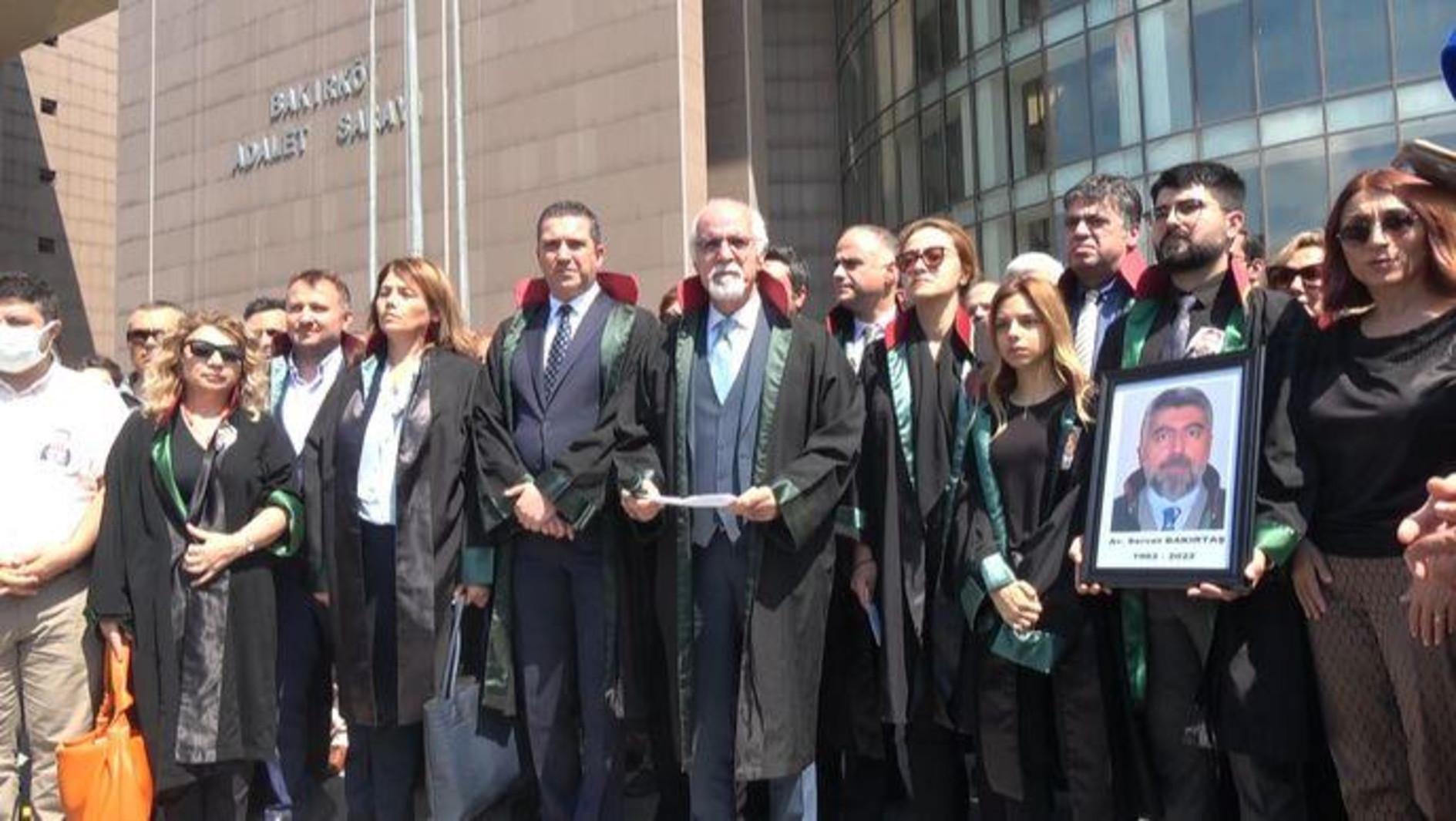Russia raises death toll in metro bombing to 14
ST PETERSBURG
 A suicide bomber was behind a blast on the St. Petersburg subway that killed 14 people, Russian investigators said on April 4, while authorities in the Central Asian nation of Kyrgyzstan identified a suspect as a Kyrgyz-born Russian citizen.
A suicide bomber was behind a blast on the St. Petersburg subway that killed 14 people, Russian investigators said on April 4, while authorities in the Central Asian nation of Kyrgyzstan identified a suspect as a Kyrgyz-born Russian citizen.There was no immediate claim of responsibility for the April 3 afternoon attack, which came while Russian President Vladimir Putin was visiting the city, Russia’s second biggest and Putin’s hometown.
Russia’s health minister on April 4 raised the death toll from 11 to 14 and said 49 people are still hospitalized. City Hall authorities said there were several foreign nationals among those killed and injured but would not offer detail. The foreign ministry of the Central Asian nation of Kazakhstan said one of its citizens has been killed in the attack.
Residents brought flowers to the stations near where the blast occurred. Every corner and window-sill at the ornate, Soviet-built Sennaya Square station on April 4 was covered with red and white carnations.
Russia’s top investigative body said in a statement that investigators have identified a man whose body parts were found on the train and who is suspected to be a suicide bomber. Kyrgyzstan’s State Committee for National Security identified one suspect as Kyrgyz-born Russian national Akbarzhon Dzhalilov, aged between 21 and 22, The Associated Press reported. It was not immediately clear if the two statements related to the same person.
The Interfax news agency on April 3 said authorities believe the suspect was linked to radical Islamic groups and carried the explosive device onto the train in a backpack.
The entire subway system in St. Petersburg, a city of 5 million, was shut down and evacuated before partial service resumed six hours later. Typically crowded during the rush hour, the subway on the morning of April 4looked almost deserted as many residents opted for buses.
“First, I was really scared,” said Viktoria Prishchepova who did take the subway. “I didn’t want to go anywhere on the metro because I was nervous. Everyone was calling their loved ones yesterday, checking if they were OK and how everyone was going to get home.”
Putin, who was born in Saint Petersburg, had on the night on April 3 added his own floral tribute to the dead.
Kremlin spokesman Dmitry Peskov said: “The fact that the act of terror was perpetrated in the moment that the head of state was in the city is food for thought.”
The explosion occurred as the train traveled between stations on one of the city’s north-south lines. The driver appeared in front of reporters on April 4 looking tired but not visibly shaken by the events of the previous day.
Alexander Kavernin, 50, who has worked on the subway for 14 years, said he heard the sound of a blast while his train was running, called security and carried on to the next station as the emergency instructions prescribe.
“I had no time to think about fear at that moment,” he said.
The decision to keep moving was praised by authorities as aiding evacuation efforts and reducing the danger to passengers who would have had to walk along the electrified tracks.
















